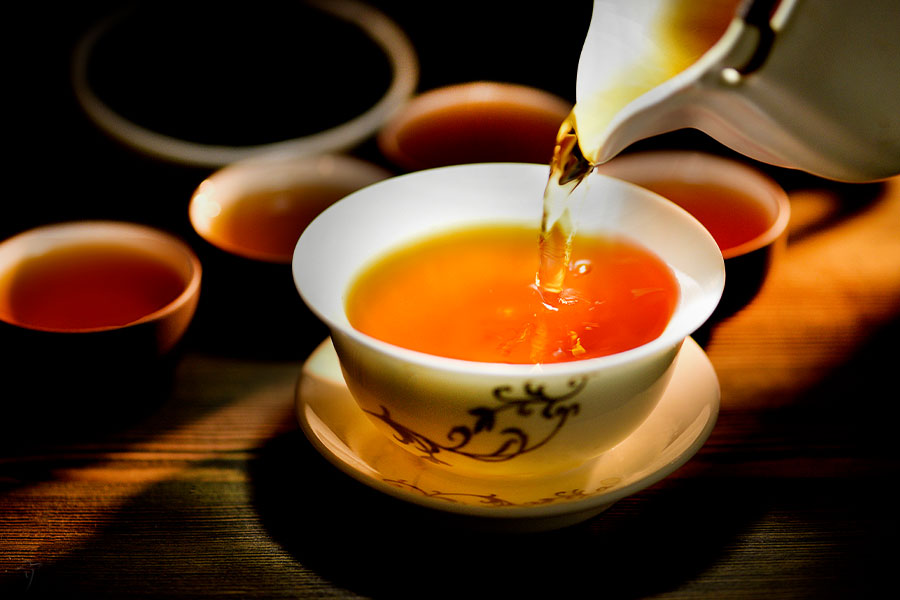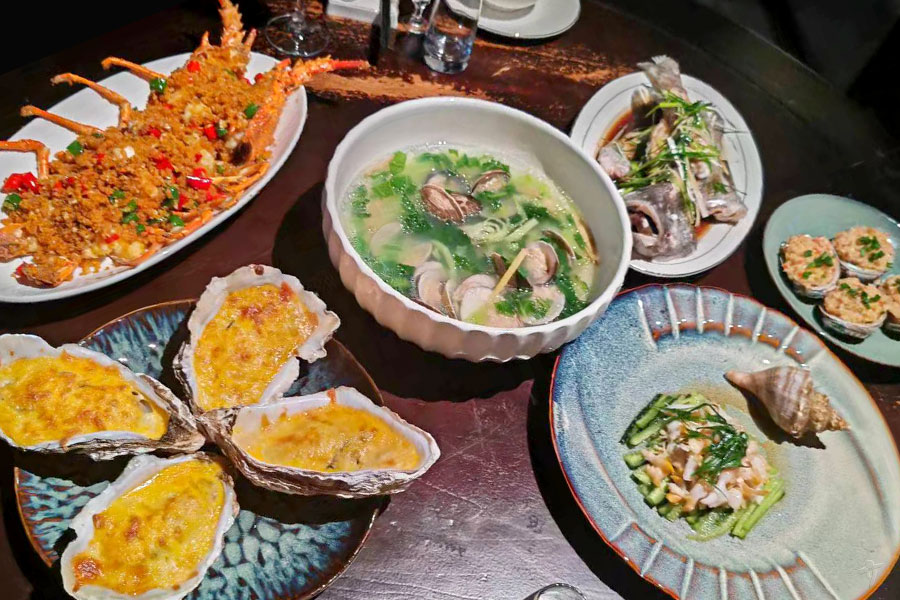Origin and Development of TCM

The original TCM emerged in primitive society, then formed its basic medical theory and developed iatrology and anatomy during the Spring and Autumn Period (771 BC–403 BC). Together with Four Diagnostic Methods, in that time stone needles, acupuncture, decoction of medicinal ingredients, moxa-moxibustion and some other methods have been used in medical treatment, and human physiology began to be related to the Taoist Yin & Yang, and five elements.
In Eastern Han Dynasty (25 AD–220 AD), the famous medical scientist Zhang Zhongjing had realized the “Eight Principal Syndromes” (阴阳: Yin and Yang, 表里: exterior and interior, 寒热: cold and heat, 虚实: hypofunction and hyperfunction) and summarized the “Eight Therapeutic Methods” (emesis, purgation , mediation, warming, heat reducing, toning up, and elimination); another doctor and metical scientist Hua Tuo was famous for excelling in surgical operation and anesthesia, and he had also invented a set of body building exercise – Wuqinxi, which is based on movements of tiger, deer, bear, ape, and crane; moreover, “Sheng Nong's Herbal Classic”, the first TCM monograph, was also completed in this dynasty.
It was Tang Dynasty (618–907) when one of the earliest pharmacopeia "Tang Materia Medica" was issued by the imperial authority of the dynasty; and Sun Simiao, who is still respected as "King of Medicine" by Chinese today, summed up the antecedent medical experience and gathered over 5000 prescriptions. With the coming of boom period of Tang Dynasty and its following dynasties, traditional Chinese medical science and a large number of Chinese medical writings were diffused to Japan, Korea, Central Asia, West Asia and some other areas.
During the Song Dynasty, imperial medical colleges were set up and medical branches were classified in a more systematic way, and the illustrated pharmacopoeia "Ben Cao Tu Jing" was published.
From the Jin (1115–1234) and Yuan (1271–1368) dynasties, TCM began to decline. At the late Ming Dynasty, one of the most famous TCM doctor Li Shizhen summarized the TCM materials and experience before the 16th century and authored the "Compendium of Materia Medica", which is hailed as a priceless treasure of TCM.
When the history moved into the end of Qing Dynasty (1616–1912), the western powers’ invasion to China made a great impact on the country, including change in medical science. With the pouring in of western medicine, some Chinese people began to advocate it and the development of TCM faced a huge challenge, but it is fortunate that it is still passed on from generation to generation until this day.
After the founding of the People’s Republic of China(PRC) in 1949, the government attached great importance to TCM and series of measures were adopted to protect its development. Chairman Mao Zedong, the founder of PRC, said TCM is one of the most the great treasures that China contributes to the world.
Related Readings
Top Topics

Chinese Kung Fu
Far and wide known as Kungfu (功夫) all over the world, Chinese martial art is also called Wugong (武功) or Wushu (武术) at home by Chinese people. It ca...

Chinese Tea
Being a vivid Chinese cultural specialty as well as Kungfu and traditional Chinese medicine, Chinese tea has been being developed in China for a lo...

Chinese Cuisine
"Food is the first necessity of the people" is a famous Chinese old saying, which reflects that Chinese have had paid much attention to food si...




